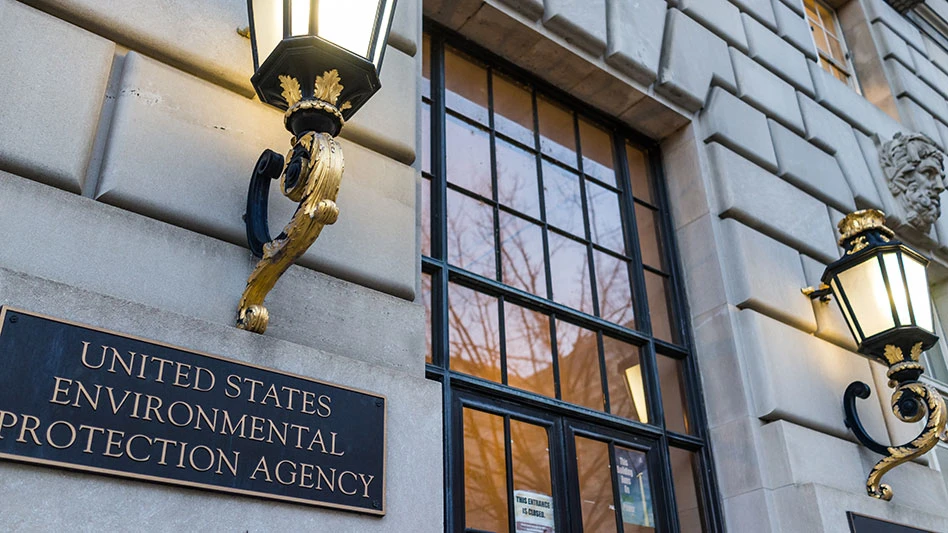
stock.adobe.com
More consumers are considering sustainability before they make purchases. According to research from DS Smith, a packaging company with U.S. headquarters in Atlanta, nearly all consumers (93 percent) say they have received packages with wasted space, and nearly three-fourths (or 73 percent) say they have received packages that were twice the size of the items inside or much more than needed. In addition, DS Smith reports that 54 percent say they would think twice before ordering again from a company that used excessive space in their packaging.
In response to these trends, DS Smith has launched a Circular Design Principles program in order to help companies design reuse and recyclability into packaging. The company developed these packaging design principles in collaboration with the Ellen MacArthur Foundation, a nonprofit based in the U.K. that is focused on promoting the circular economy.
DS Smith recently market its first year of successful collaboration with the Ellen MacArthur Foundation, and in its second year it will be working on a series of activities to further its circular economy agenda, including innovation and circular design projects, training and development of its teams and engagement in its communities, DS Smith states in a news release on the new Circular Design Principles program.
According to a survey of executives by Forbes Insights and DS Smith, eliminating empty space in packaging can produce benefits for businesses that ship goods from cost savings to gaining an advantage over competition, all while reducing environmental impact. About 60 percent of those surveyed estimate that more than a quarter of their e-commerce packaging is empty space. DS Smith says cutting those unnecessary logistics costs would result in $46 billion a year in potential savings for the industry worldwide.
“Sustainability is at the core of every business decision we make, and the issue of wasted space has been a pain point for many years and a key reason we developed our Circular Design Principles,” says Mark Ushpol, managing director of packaging at DS Smith. “We see design as one of the essential elements of the circular economy and look at packaging through the lens of imagining not only the impact of design on the end user, but also the impact that design has across all stakeholders, from creation of the product to its final destination.”
DS Smith’s Circular Design Principles offers five principles to help packaging companies transition to a circular economy, including:
1) Protect brands and products – Designers must ensure the packaging protects products and all the resources invested in them; damaged products from poor packaging have an economic and environmental impact.
2) Use no more materials than necessary – Optimize the use of packaging materials to save resources and reduce waste.
3) Design for supply cycle efficiency – Develop an end-to-end approach that considers every step of the way, including storage and warehouse optimization, customers’ factories, packaging lines and the layout of products within boxes for stacking in delivery vehicles.
4) Keep packaging materials in use – Quality, durability and recyclability are key to keeping packaging products and materials in use for as long as possible, and this means maximizing the use of the fibers and recognizing the value beyond the primary function.
5) Find a better way – This principle challenges companies and customers to develop circular packaging solutions.
“Everything is designed - from the clothes we wear, to the food we eat, and the buildings we live in,” says Joe Iles, circular design program lead at the Ellen MacArthur Foundation. “Considering the principles of the circular economy at the design stage can have a huge influence over how such items are produced, used, and what happens to them after use. Strategic partners like DS Smith have the ability to make change happen faster by mobilizing its large internal design community and influencing its customers, many of which are global brands. And what’s more, the company will also inspire many other businesses and designers worldwide.”
Consumers are doing their part with packaging end-use, as 80 percent either recycle or reuse boxes they receive their purchases in, DS Smith reports. E-commerce, which has spiked amid the coronavirus pandemic, is also a major contributor to the empty space design problem. DS Smith research found that on average, empty space ranged from 18 percent for clothing and footwear to 64 percent for glassware. In another example, DS Smith research determined that shipping containers sailing from Asia are 24 percent empty and cutting that empty space could save 122 million tons of carbon dioxide from being emitted into the atmosphere each year.
As a result, Ushpol says DS Smith, which recently expanded operations and has 16 manufacturing, paper and recycling facilities in North America, has been working closely with customers to deliver optimized packaging solutions, thanks to the Circular Design Principles. “Nearly two-thirds of consumers report they consider company sustainability efforts before making a purchase,” he says.
Latest from Recycling Today
- Radius to be acquired by Toyota subsidiary
- Algoma EAF to start in April
- Erema sees strong demand for high-volume PET systems
- Eastman Tritan product used in cosmetics packaging
- Canada initiates WTO dispute complaint regarding US steel, aluminum duties
- Indianapolis awards solid waste contract, updates recycling drop-off program
- Novelis produces first aluminum coil made fully from recycled end-of-life automotive scrap
- GPR’s hubbIT platform recognized in Georgia State University’s Marketing Awards for Excellence in Innovation





